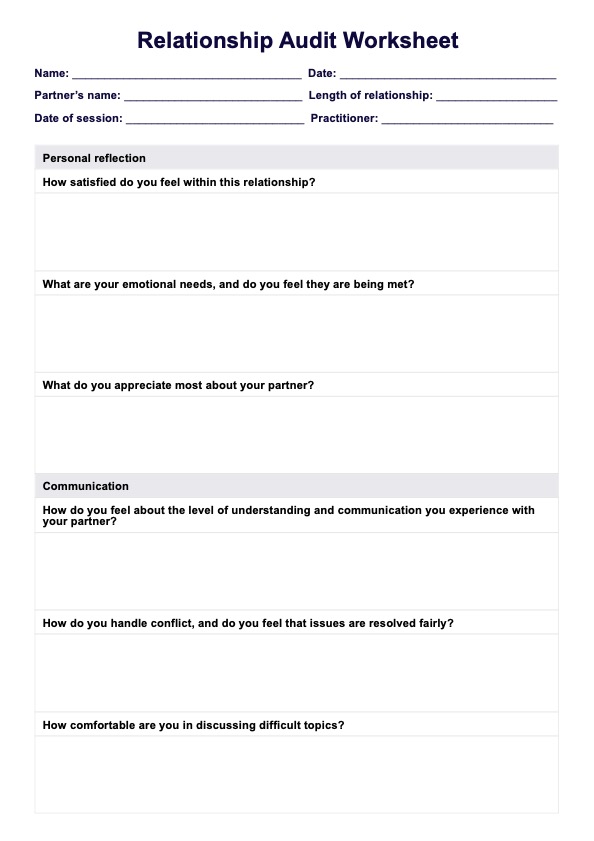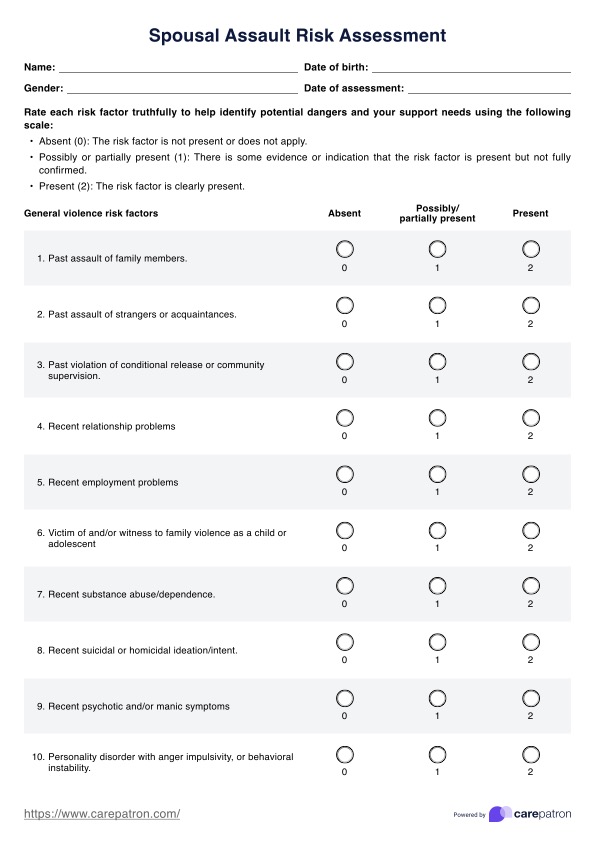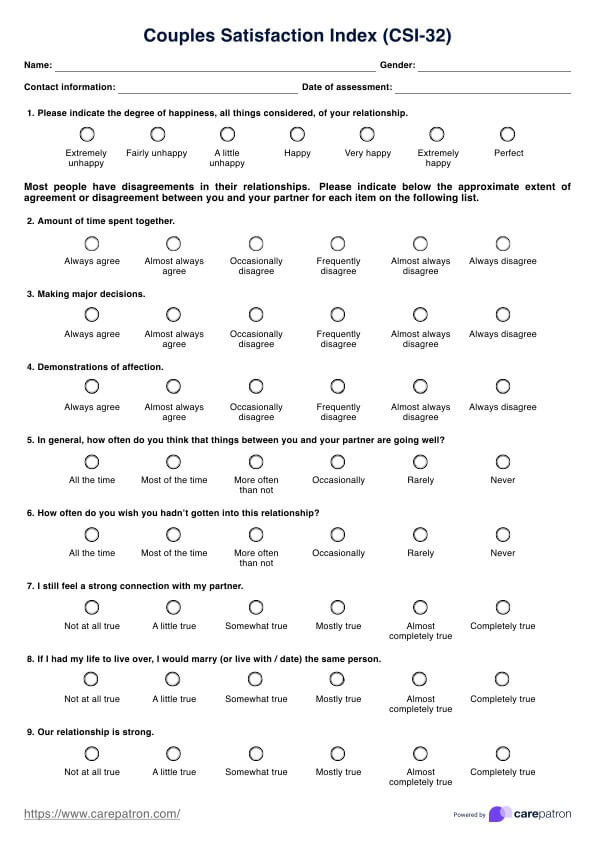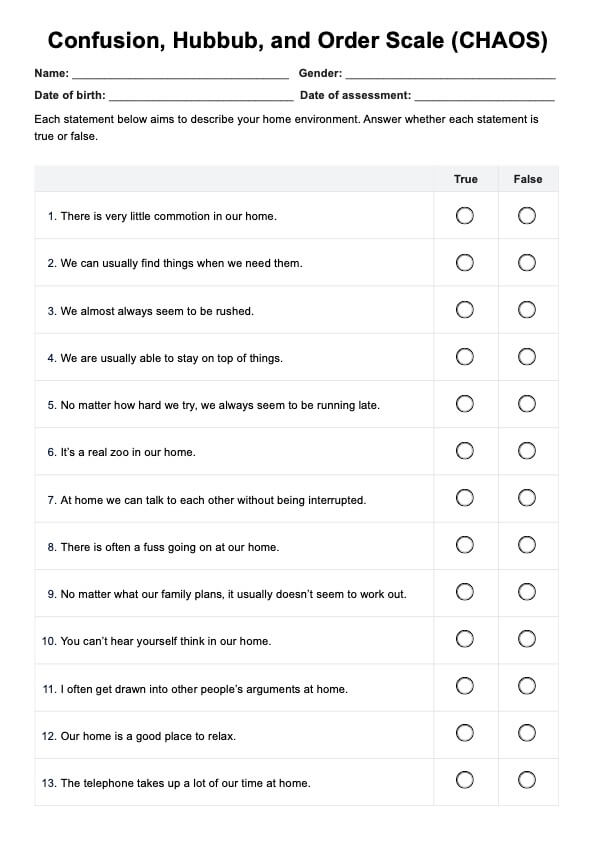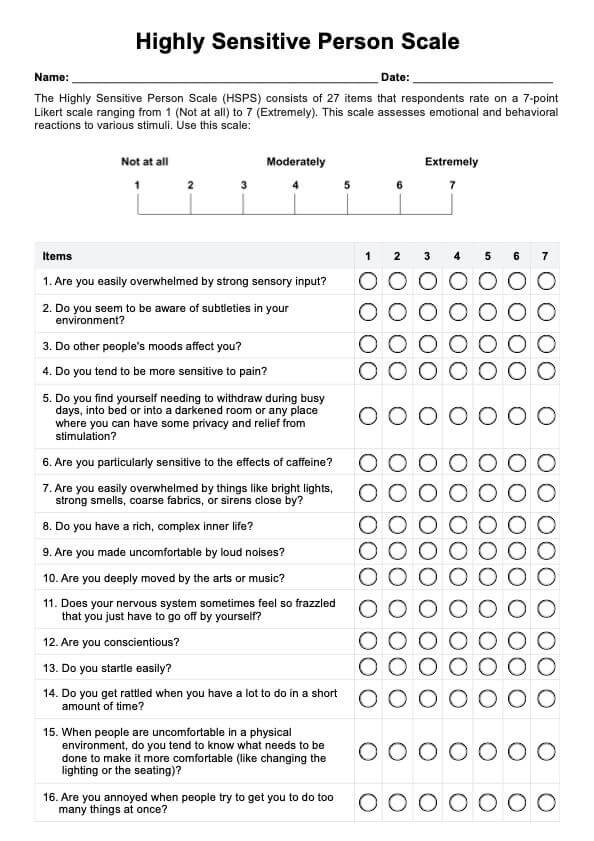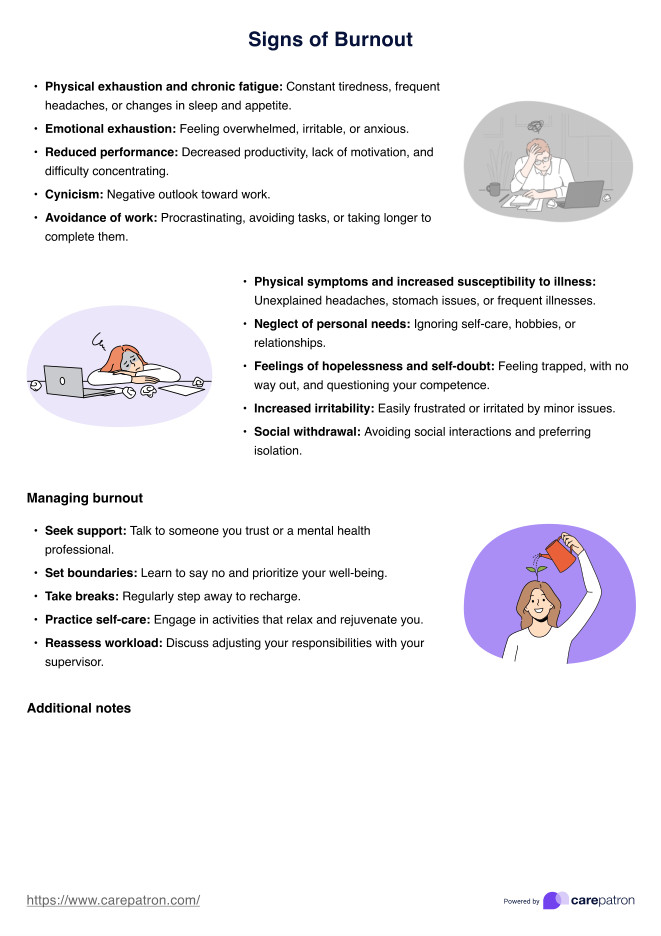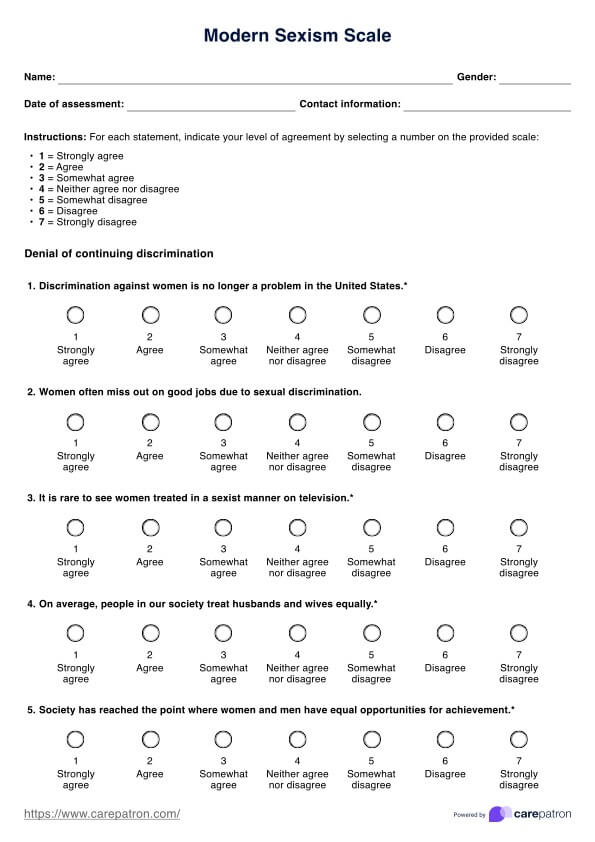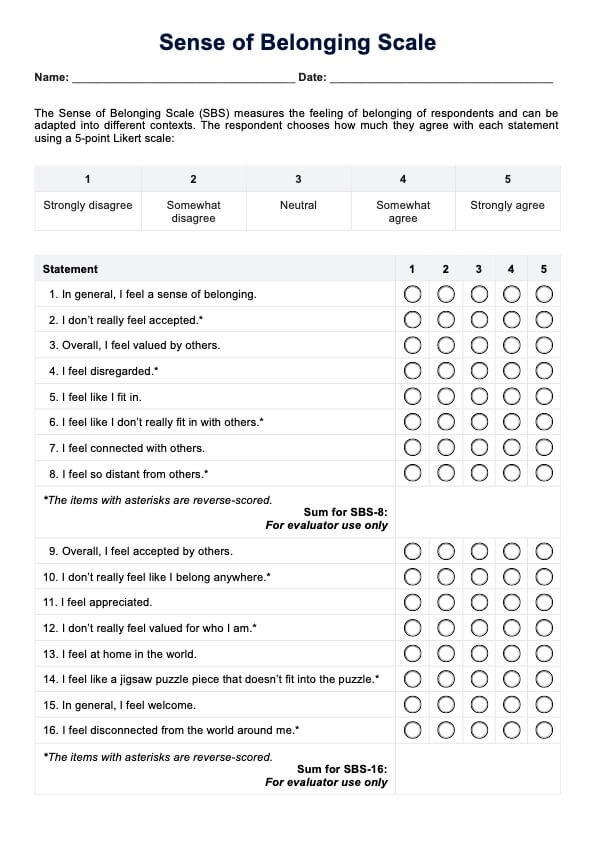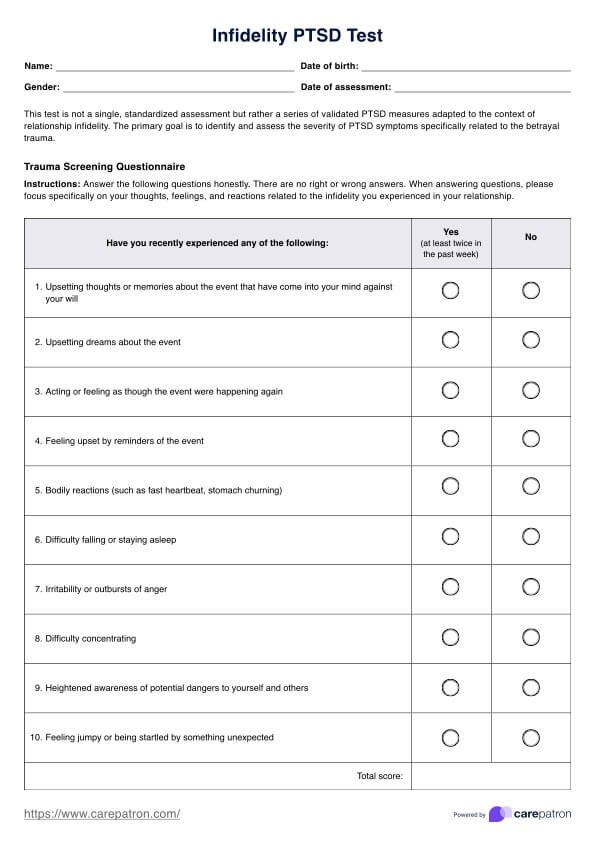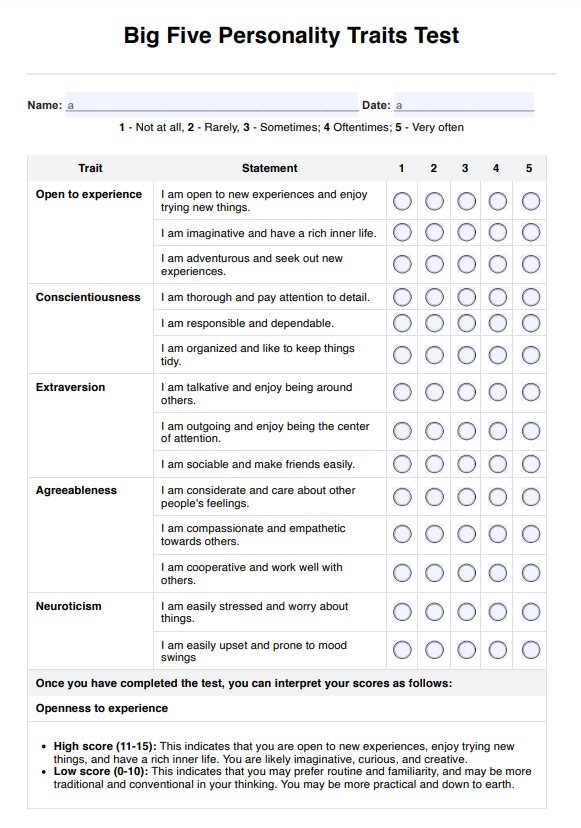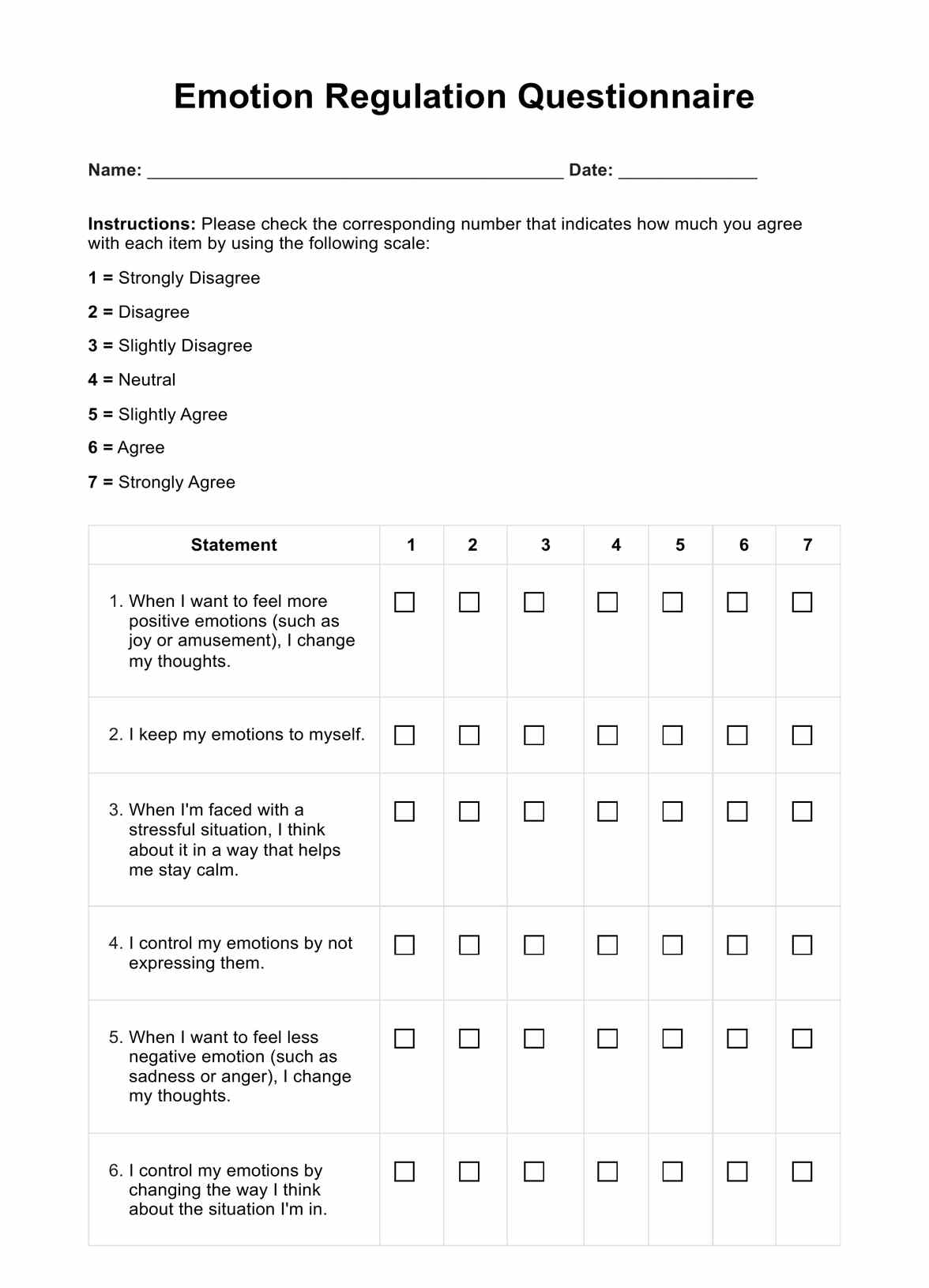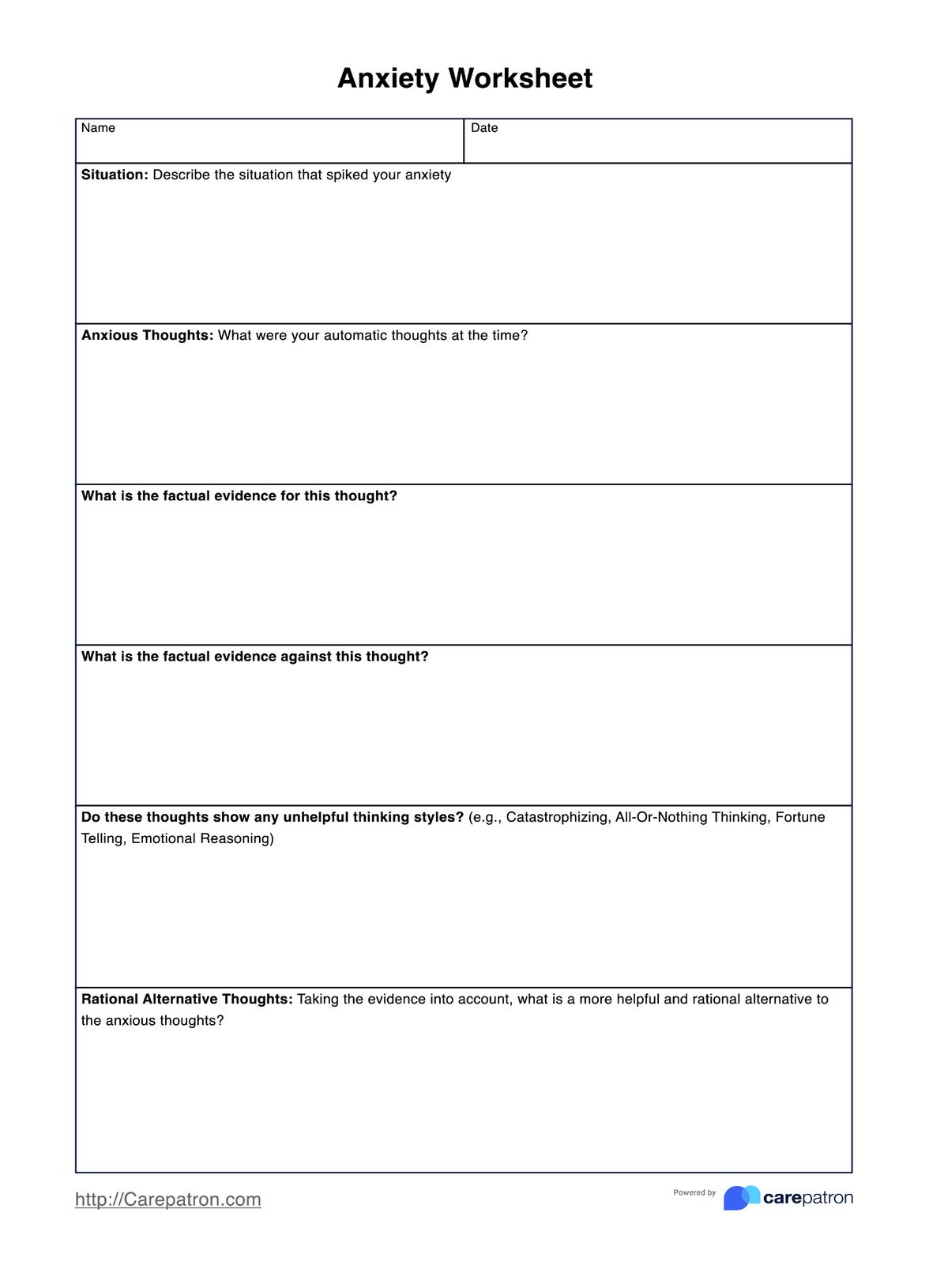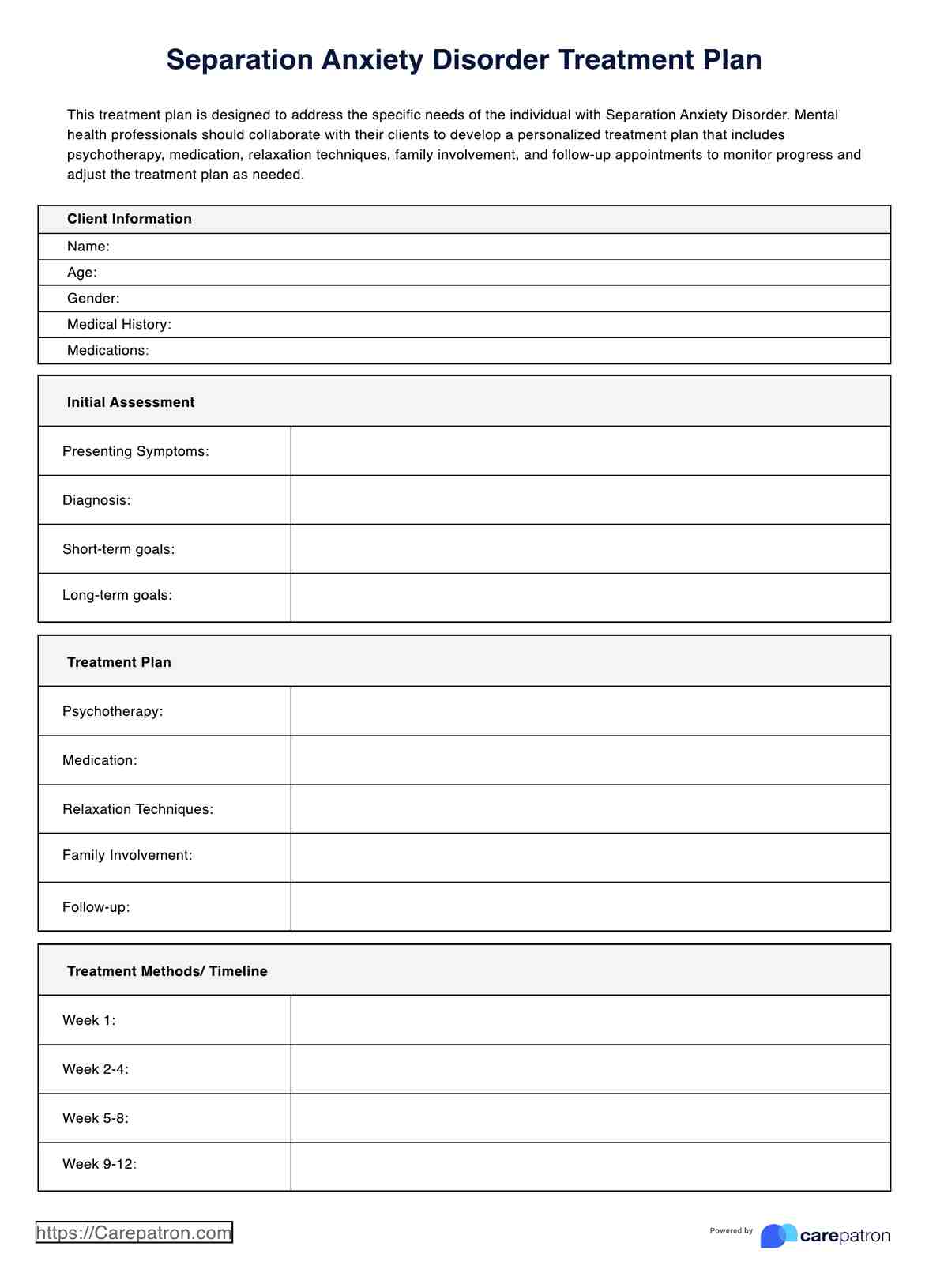Relationship Chart
Use the Relationship Chart Template to visually represent patient connections and relationships to gain insight for treatment.


What is a Relationship Chart Template?
A Relationship Chart Template is a visual representation that illustrates connections between different groups of people or organizations. This versatile tool maps out relationships across various domains, making it applicable to people, objects, ideas, and complex systems, including family structures. It provides a dynamic means of capturing and presenting relationships, facilitating understanding, problem identification, and idea development within family dynamics.
When applied to family relationships, relationship charts offer insights into intricate family structures, fostering better communication and enhancing family unity by exploring connections between family members. Common types include entity-relationship (ER) diagrams for general relationships and family tree diagrams for genealogy within family contexts.
Relationship Chart Template
Relationship Chart Example
How to use the Relationship Chart Template?
When using a Printable Relationship Chart Template, the main steps involved include:
Step 1: Download the template
You can access the Relationship Chart template by clicking "Use a template. " This will allow you to edit the resource via the Carepatron app. To download a PDF copy, choose "Download."
Step 2: Gathering information
You can then provide a copy of this template to patients or clients. They can start by gathering relevant information for the family relationship chart through brainstorming, curating DNA matches, reviewing documents, or conducting interviews with relatives or friends. Related templates, such as a cousin chart or relationship chart maker, may also be helpful to further develop genealogy research.
Step 3: Define relationships
Together with clients or patients, analyze the relationships between family members based on how many generations they plan to include in the relationship chart. Identify whether they are one-to-one, one-to-many, or many-to-many. Include connections such as those between same-generation relatives, like first cousins, or distant relatives, like a second cousin, third cousins, or great-great-grandparents. Use descriptive labels like "is a," "is part of," or "influences" to clarify each connection and define the family structure, such as shared ancestry from a common ancestor. Also, define each member's characteristics, roles, or functions to ensure clarity.
Step 4: Create a visual representation
Once all information is gathered, place it into the Relationship Chart Template. For members, use shapes or symbols, connect them with labeled lines or arrows, and enhance clarity with colors and styles for better organization.
Step 5: Review and refine
Review the family relationship chart for accuracy, completeness, and clarity. Correct any errors to ensure an accurate representation of connections. Assess its effectiveness and make adjustments as needed. Share for feedback and refine based on input.
When would you use a Relationship Chart Template?
Some examples of when to use a Relationship Chart Template are listed. However, they are not limited to these.
- Enhancing understanding: Relationship charts simplify complex family structures and dynamics, providing a clear visual representation that makes relationships easier to navigate and comprehend. This clarity helps individuals grasp intricate connections, fostering better communication and understanding within the family or group.
- Identifying potential problems: Relationship charts are instrumental in revealing areas of weakness or missing connections within a family or creative project, preventing potential conflicts or inefficiencies.
- Enhancing communication and collaboration: Relationship charts provide a common reference point for discussing complex relationships and fostering shared insights and collaboration.
- Strengthening narratives: A relationship chart can be employed in creative endeavors, like storytelling or scriptwriting, to visualize connections and interactions between characters, fostering a more nuanced narrative.
Potential benefits
This free Relationship Chart Template offers a visual representation that illuminates patterns, clusters, and hierarchies within the family system, providing essential insights into its overall structure. Below are some of the key potential benefits of using the Relationship Chart Template:
- Improved family understanding: The Family Relationship Chart Template provides a visual representation of key family members and their intricate relationships, revealing patterns, clusters, and hierarchies within the family system. This helps understand family dynamics and identify areas for improvement or opportunities to strengthen connections.
- Enhanced communication: The template simplifies complex family systems, promoting better communication and fostering a more harmonious family environment.
- Educational support: In educational settings, the template aids in visualizing concepts, helping learners identify key connections and patterns in family relationships, thereby enhancing retention and comprehension.
- Personal growth: On a personal level, the template helps individuals map their relationships, set family goals, and reflect on growth and achievements, contributing to a deeper understanding of family dynamics.
Research & evidence
The integration of attachment theory and family risk research highlights the crucial role of Relationship Chart Templates in understanding and predicting children's adaptation in various developmental stages. Attachment theorists emphasize that parenting style, influenced by the quality of parents' attachment to their own parents, plays a central role in children's adaptation. Additionally, family risk models, considering factors such as couple relationship quality, contribute significantly to children's well-being.
In the context of the present study, Relationship Chart Templates can serve as a valuable tool for visually representing and analyzing the intricate connections between attachment patterns, couple interactions, and children's adaptation. By utilizing such templates, researchers and practitioners gain insights into the complex dynamics within families.
From these insights, comprehensive strategies must be developed to support children's academic and behavioral outcomes during crucial transitions, such as the move to elementary school (Cowan et al., 2009).
Reference
Cowan, P. A., Cowan, C. P., & Mehta, N. (2009). Adult attachment, couple attachment, and children's adaptation to school: an integrated attachment template and family risk model. Attachment & Human Development, 11(1), 29–46. https://doi.org/10.1080/14616730802500222
Commonly asked questions
Carepatron offers a ready-to-use downloadable Relationship Chart template. The template can also be customized within the Carepatron platform to better suit patients' needs.
Relationship Chart Templates are used when there is a need to visualize and understand complex relationships between entities.
Relationship Chart Templates visually represent the relationships between entities, typically using symbols, shapes, and lines.


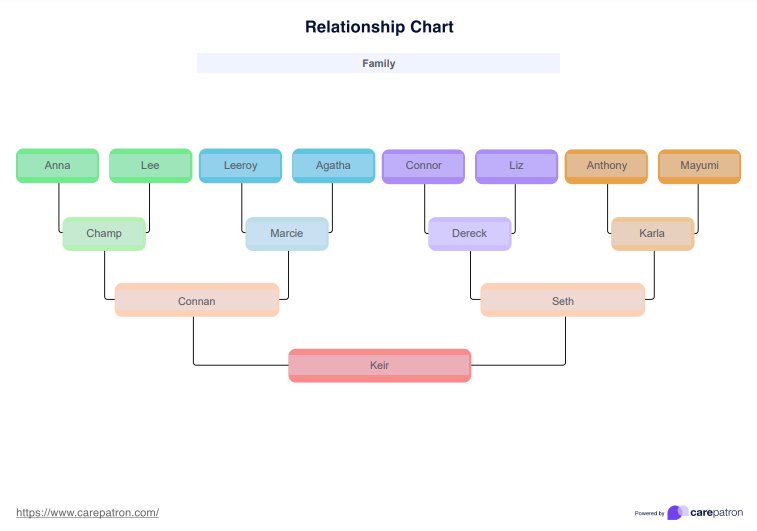
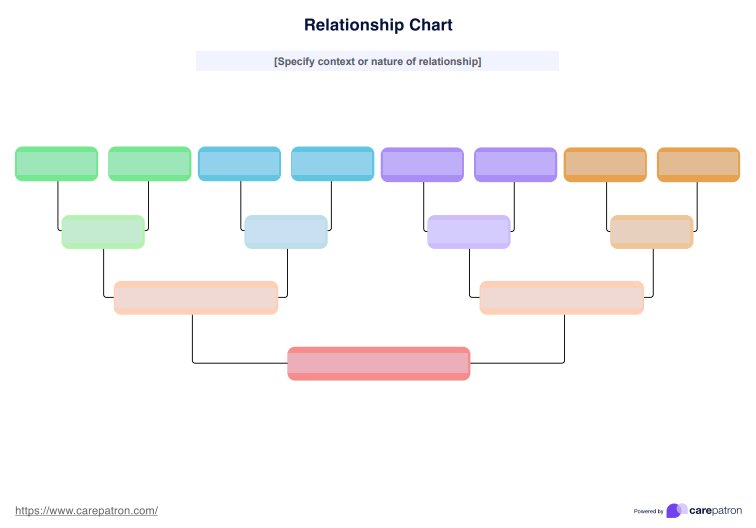

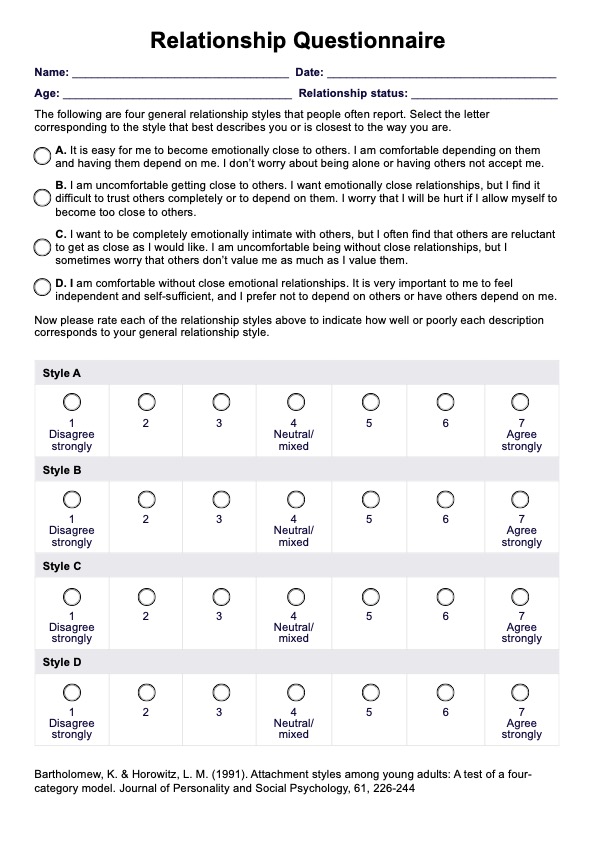
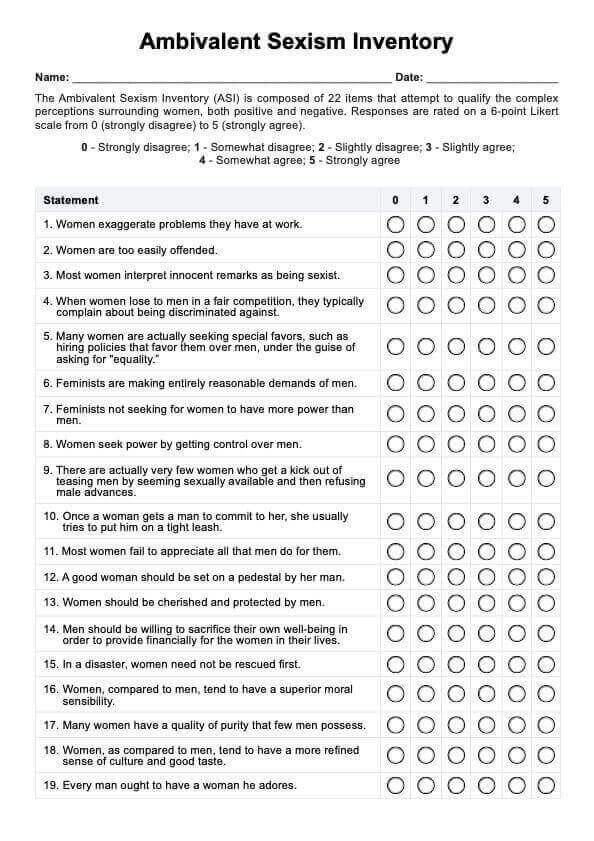
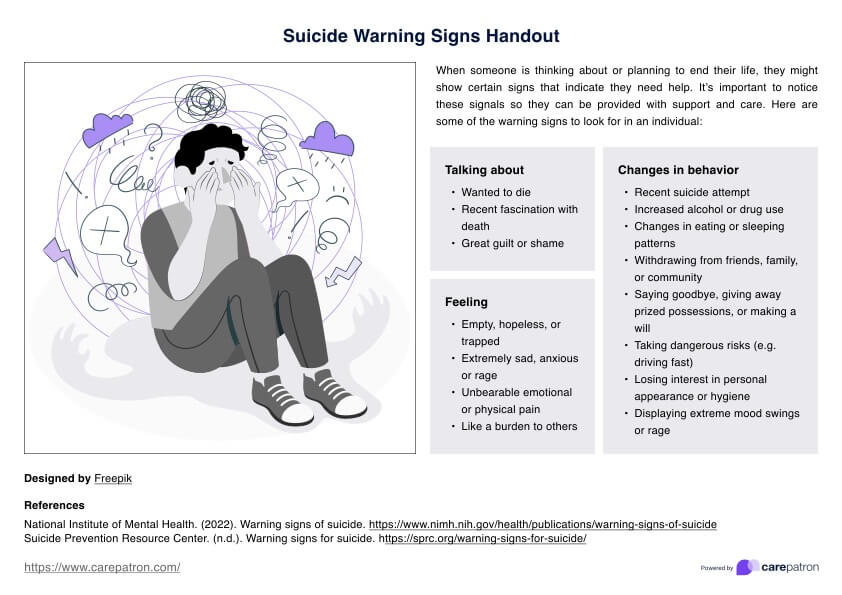
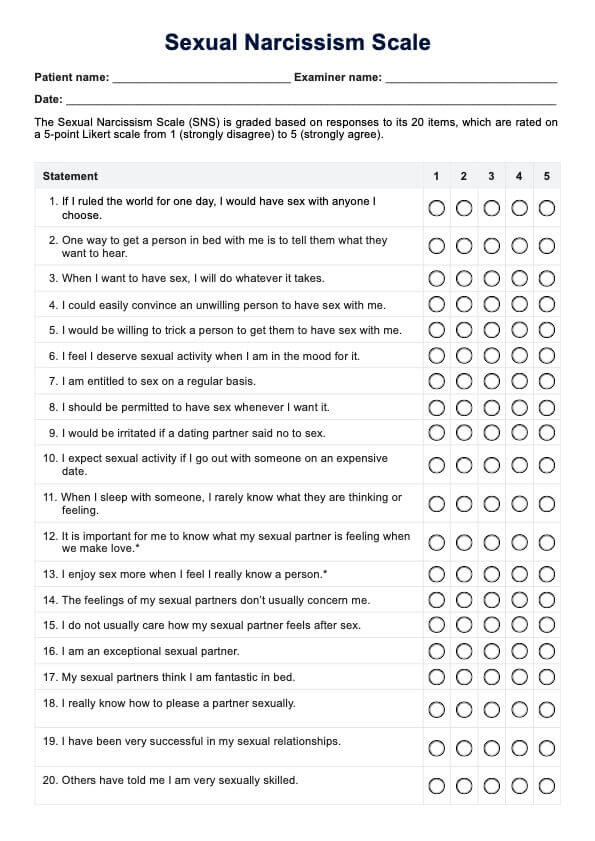









-template.jpg)


